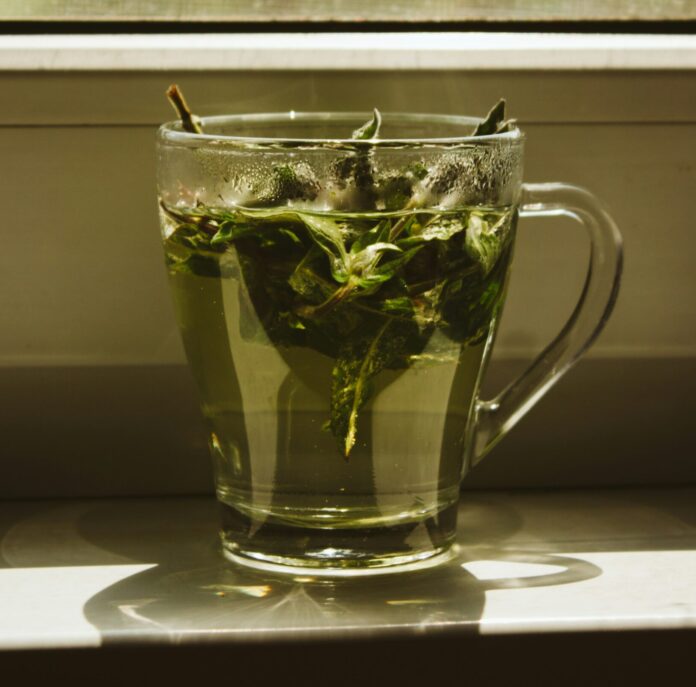Tea enthusiasts often debate the merits and differences of teas. Both white and green tea are hailed for their health benefits and delicate flavors. But don’t be fooled—they are not the same tea. If you’ve ever found yourself pondering which tea might suit your palate better, we’re here to help.
The Plant Behind It All
Both white and green tea come from the same mighty plant: Camellia sinensis. The difference is in how the leaves are processed.
White tea takes the cake (or should we say, cup?) for minimal processing. Delicate young buds and leaves are hand-picked and then dried with minimal intervention.
Green tea undergoes a bit more processing. After picking, the leaves are heated. This halts an enzymatic reaction called oxidation, which keeps the tea green and grassy-flavored.
Flavor Profile
White tea is known for its light, floral, and slightly sweet taste. It has hints of honey, chamomile, or fresh-cut grass.
Green tea has a more robust flavor profile, often described as grassy, vegetal, or slightly bitter. Green tea also typically packs a higher caffeine punch than white tea.
Potential Health Perks
Both white and green tea offer a range of potential health benefits thanks to their high concentration of antioxidants.







